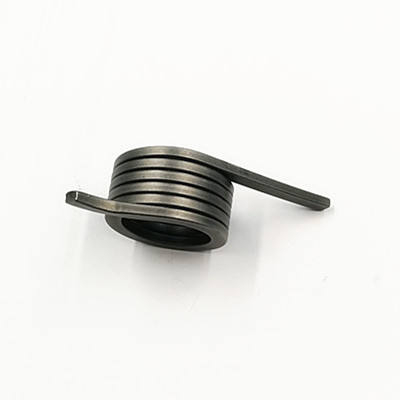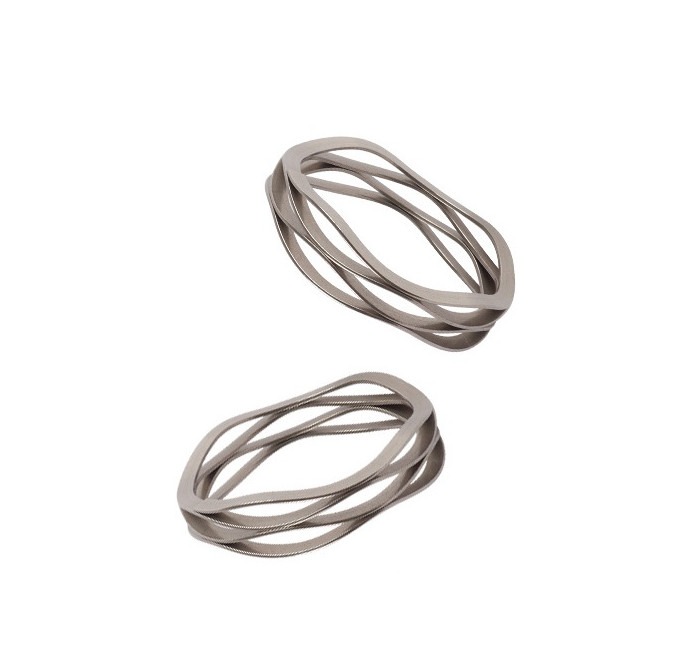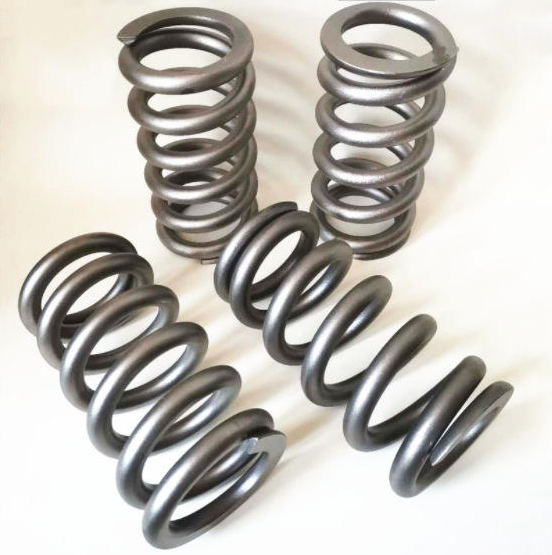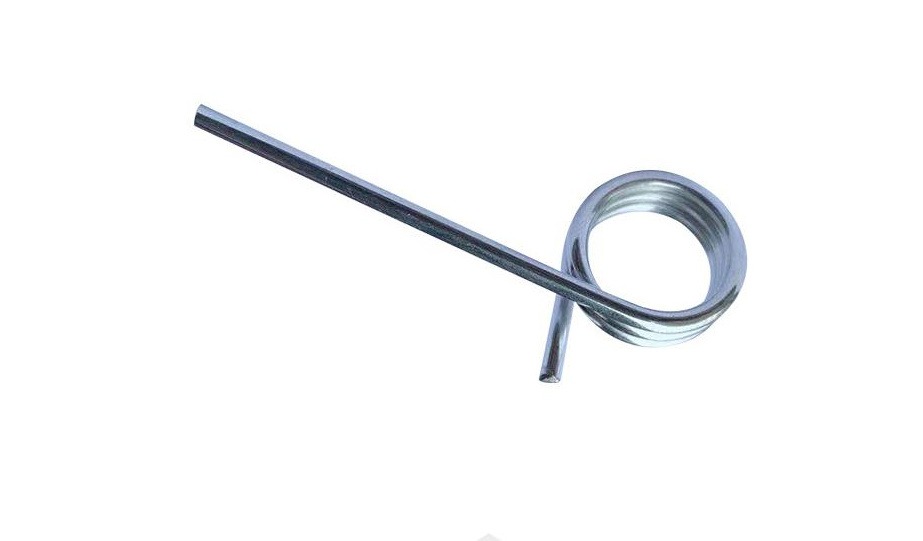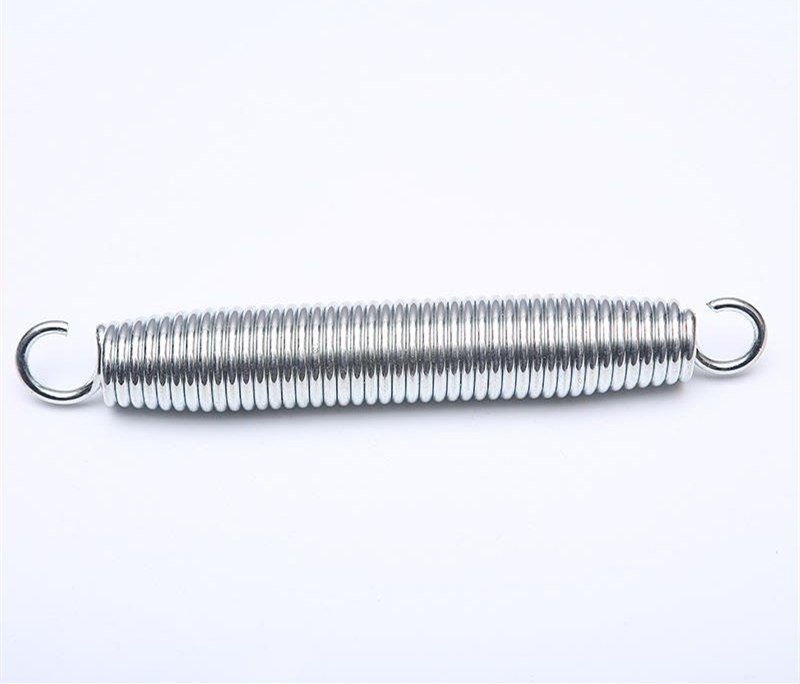How Much Do You Know About Common Used Springs?
There are various springs in daily life, such as touch springs in washing machines, battery springs in remote controls, extension springs in fitness equipment, and compression springs in bicycles. But what do we know about these springs? How much do you know about the properties of these springs? Let’s take a look at it next.
What are the characteristics of compression springs?
1. During manufacture, it is wound into separate helical turns, so that each turn has a gap (pitch) so that it can be contracted by force and maintain a tension that stretches toward both ends.
2. When subjected to the maximum load, it cannot be fully compressed, and a gap must be reserved between the effective turns to avoid friction or other substances embedded, causing fatigue damage.
3. The free length of the spring should be equal to the actual length of the spring plus the gap, plus the amount of deformation.
4. In order to increase the contact surface of the compression spring, the surface should be smoothed to obtain 60~80% of the contact surface.
5. There are various end treatments for compression springs:
The ends are not tight and not smoothed.
Both ends are not tight and smoothed.
The ends are tight and not smoothed.
The ends are tight and smoothed.
6. Compression springs are the most widely used of all spring types. It is widely used in electronics, motors, computers, information, automobiles, bicycles, hardware tools, gifts, toys, and even the defense industry. The design and principle of the compression spring are easy to grasp, and the manufacturing control is also relatively easy.
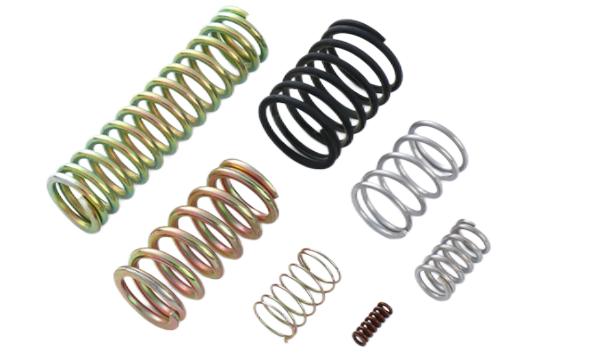
What are the characteristics of extension springs?
1. Each coil of the tension spring is wound into a helical coil or pitch coil that is close to each other. When it is subjected to external force, it stretches outward and maintains the force of shrinking toward the middle.
2. There are many kinds of spring hooks: English hook, German hook, side ear hook, fishtail hook, etc.
3. The extension spring is a typical spring, there are straight cylinders, hooks, and other variants, and various shapes can be formed according to the design.
4. The extension spring can be used as the reverse of the compression spring, with a wide range of applications. But the operational control is one step higher than a compression spring.
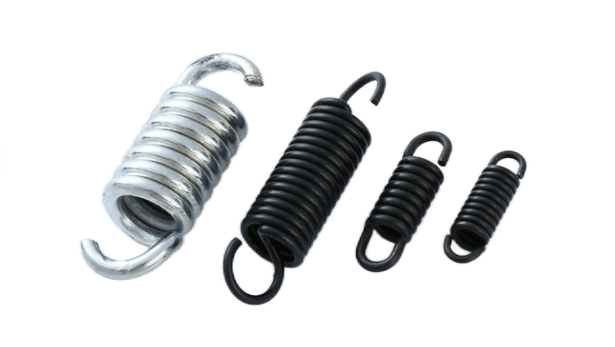
What are the characteristics of torsion springs?
1. Torsion springs are divided into single torsion springs and double torsion springs. The spring is often inserted into the pin or shaft. When subjected to external force, a torsional force is generated according to the axis of the spring, so that the spring is coiled or loosened.
2. Double torsion springs are divided into outer double torsion and inner double torsion springs. The circles are either closed or separated. The ends of the spring can be wound as hooked or straight torsion arms.
3. The torsion spring is one of the more complicated design principles among all spring categories. There are many types of changes, so the theory involved in the design is also the most troublesome. Therefore, it is more difficult to grasp when designing.
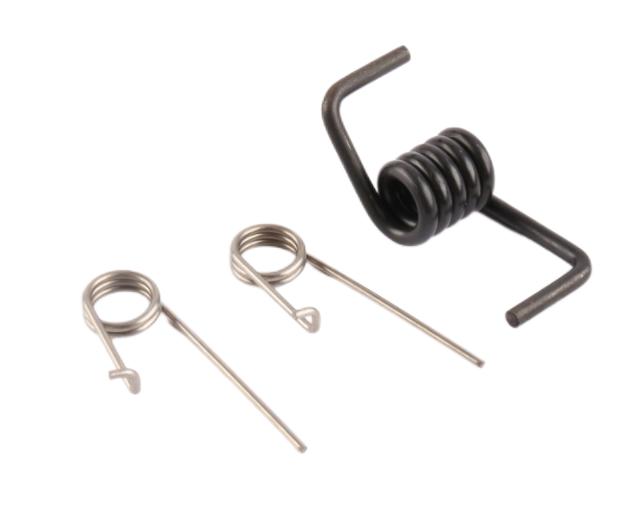
What are the characteristics of disc springs?
1. The disc spring DIN2093 has the characteristics of small size, large load, convenient combination, and use, and at the same time, it has the advantages of concentrated load transmission.
2. Disc springs can be combined with single-piece involution, multi-piece superimposed combination, and mixed combination to obtain various curves.
3. It replaces cylindrical springs in a large range in the machinery industry, reflecting the characteristics of miniaturization and multi-functionality of new product design. For example, in the direction of load action, a small deformation can bear a large load, and the axial space is compact. Compared with other types of springs, its deformation energy per unit volume is larger, and it has better shock absorption capacity. Especially when used in combination, the effect of absorbing shock and dissipating energy is more significant due to the surface friction damping effect.
4. Disc springs are widely used in national defense, metallurgy, engineering, electric power, machine tools, construction, and other industries. Such as molds, support hangers, clutches, brakes, bridge buffer (shock absorber) devices, bearing preload, safety overload devices, heavy machinery, mechanical starters, control devices, valves, industrial electric furnaces, indexing devices, clamping devices, and many more.
5. Disc springs comply with DIN2093 and GB/T1972-2005.
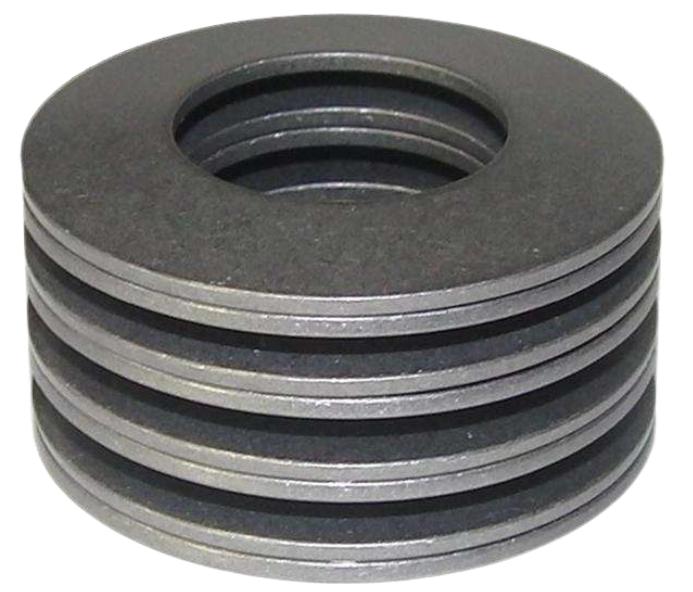
KENENG can produce the above-mentioned compression springs, extension springs, torsion springs, butterfly springs, etc. We can also produce heterosexual springs or non-standard custom springs. You can tell us your specific needs and we will provide you with the best product design and price.

